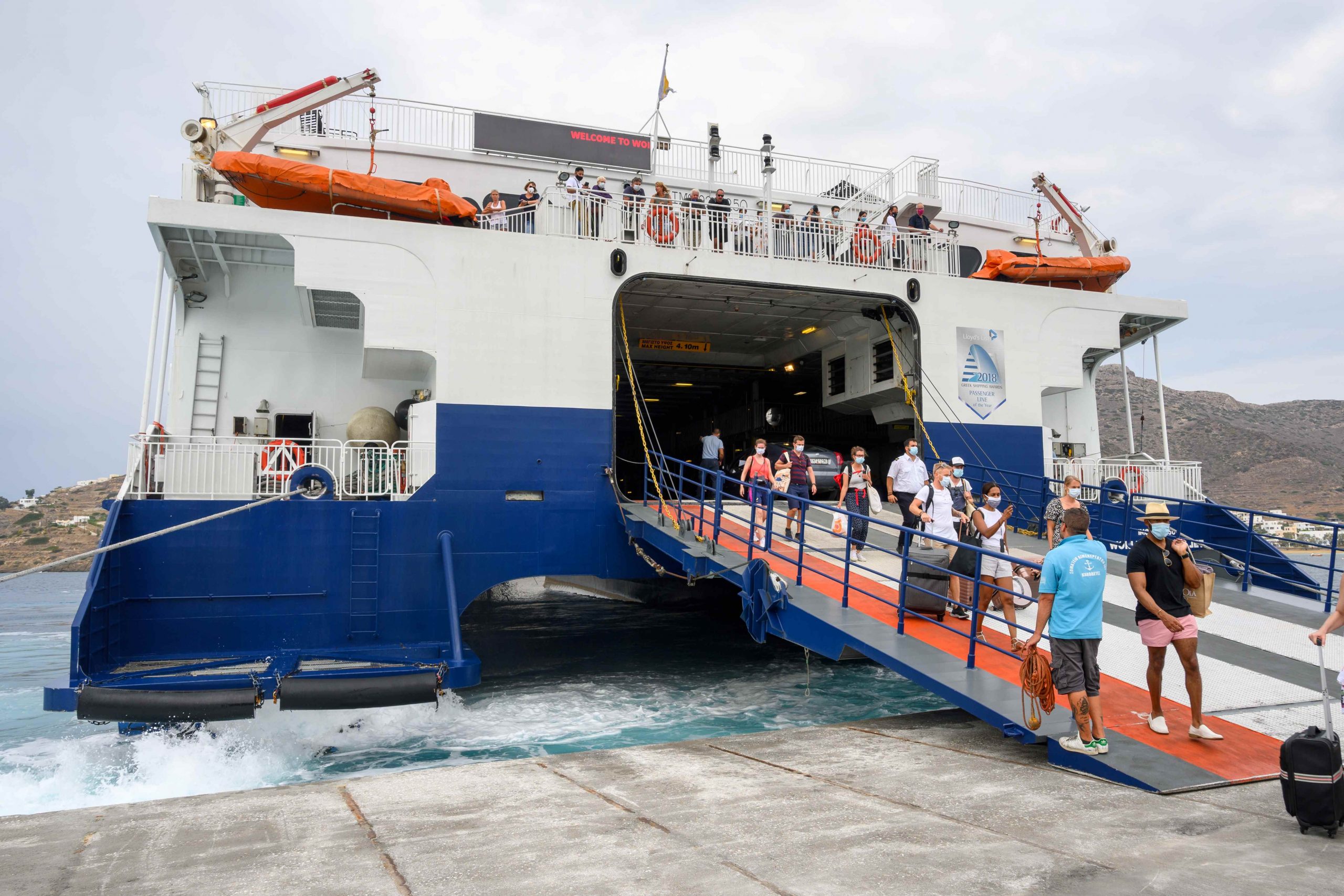Ferry fares in Greece are among the costliest in Europe exceeding average rates in Northern European routes by as much as 60 percent and making travel to the Greek islands impossible for many.
The 2024 Greek Ferry Report released by XRTC Business Consultants this week attributes the skyrocketing prices to the lack of government will to regulate the market and to the fact that the majority of coastal shipping services and operations in Greece are mainly controlled by two groups: Attica Group, which controls 27% of all ships, 37% of passenger capacity and 51% of vehicle capacity, and Attica, Minoan, and Seajets which together control 49% of ships, 63% of passenger capacity and 71% of vehicle capacity.
This has resulted in abusive market tactics impacting consumers and coastal transportation in Greece.
Indicative of the situation, the report cites data collected by ferryroute.com which shows that an economy class ferry ticket to Chania (Crete) has gone from 27€ in 2019 to 41€ in 2024, marking a 51.85% rise. Fares for vehicles went from 49€ in 2019 to 79€ this year, up by 60%.
Ferry fares to Santorini went from 41€ in 2019 to 58€ in 2024 and from 91€ with vehicle to 128€ (+40%); and to Rhodes from 65€ in 2019 to 91€ in 2024 and 150€ for vehicle (+44%).
To highlight the problem, XRTC analysts compare the cost for a family of four including vehicle and cabin to travel via ferry from Oslo to Copenhagen (316 nautical miles), which comes to 696 euros.
For a family of four to travel from Piraeus to Rhodes in Greece – a shorter distance – the total comes to 1105.50 euros.
Meanwhile, the Association of Passenger Shipping Companies (SEEN), attributes the increases to wage costs, the rising prices of spare parts and marine fuels, as well as increasing bank lending rates for ferry companies.
Earlier this year, Greek Shipping Minister Christos Stylainidis called on the Hellenic Competition Commission to step in and address reports of abusive market behavior.



